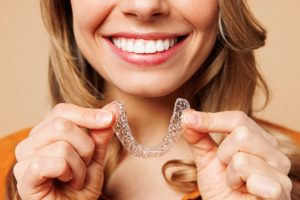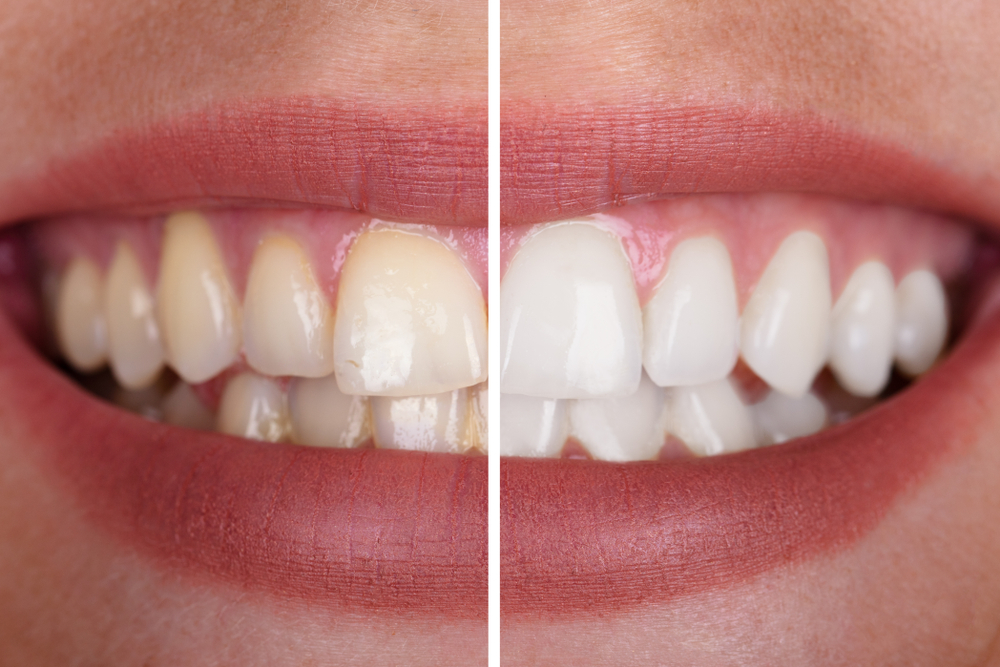At Parkcrest Dental Group, we aim to provide the latest in dental and orthodontic treatment. To do this, Dr. Steven Harrison, your Springfield, MO orthodontist, likes to keep up with developments in technology that help to improve and advance orthodontic treatments. If you’ve heard of 3D printing in the last few years, you might have also heard about its potential benefits for those seeking braces or other dental solutions. Can 3D printing help with orthodontics? If so, how? Are there drawbacks? Dr. Steven Harrison investigates in this blog entry.
How Does 3D Printing Work?
Without taking things off on an overly-complicated technical tangent, here’s a brief explanation of how 3D printing works. Keep in mind that we’re just going for the basics here, so this is just a general explanation. If you’re more technically minded, there are plenty of resources available online to learn more.
Most 3D printers work by building up a three-dimensional model that has been entered into a connected computer. It constructs the model one layer at a time using either extremely hot, molten plastic or a powder, which are fused together with either an adhesive or ultraviolet light.
Basically, the printer builds a 3D model out of many 2D layers adhered together to form a solid object. There are multiple types of 3D printers, but too many to go into here without straying off topic.
Taking Digital Moulds
How is this useful in orthodontics? One of the applications that many orthodontists and dental professionals are now experimenting with is creating 3D models of a patient’s teeth. This is done by taking an intraoral scan of a patient’s jaw, rather than an old-fashioned mold. The scan is then printed as a 3D model of the inside of their mouth, which allows the orthodontic team to work with an accurate recreation to attain the best fit.
Potential Problems with 3D Printing for Braces
While 3D printing has a lot of potential, it’s still in its infancy when it comes to regular use at an orthodontic clinic such as Dr. Steven Harrison’s. One drawback is, strangely, the availability of 3D printing to the public. While it might seem ideal to have such an option available, it comes with some significant risks.
Someone printing their own models and even their own Invisalign-style braces might not realize that the fit or shape is wrong. This can cause some serious problems and make the misalignment of teeth significantly worse. Your best bet, even if 3D printing technology becomes an everyday item for everyone, is to trust a professional like Dr. Steven Harrison to take care of your teeth.
Contact Dr. Steven Harrison
While 3D printing for braces and other dental implements may not be the end-all be-all solution just yet, there are plenty of treatments available. If you’re looking for orthodontic dentistry in Springfield, MO that you know you can trust, contact Dr. Steven Harrison today. Dr. Harrison has helped patients from Springfield and the surrounding area achieve their perfect smile. For other dental and cosmetic dentistry procedures, take a look at what else Parkcrest Dental Group can offer.




